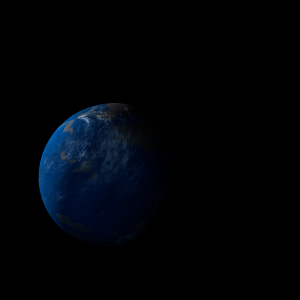|
|
Space Astro
|
Info for exoplanet "Iamundora"
| Scientific (actual) data |
|---|
| Name | HD 38677 d |
| Planet status | Confirmed |
| Mass sini | 0.01054 |
| Radius | 0.12428 |
| Orbital period | 2.882 |
| Semi major axis | 0.0422 |
| Orbit eccentricity | 0.07 |
| Discovered | 2020 |
| Updated | 2022-09-20 |
| Tperi | 2457380 |
| K | 1.326 |
| Temperature (kelvin) | 1632 |
| Publication | Published in a refereed paper |
| Detection type | Radial Velocity |
| Mass measurement type | Spectrum |
| Alternate names | DMPP-1 d |
| Star name | HD 38677 |
| Right ascension | 86.78° |
| Declination | -10.63° |
| Mag v | 8 |
| Star distance | 62 |
| Star mass | 1.21 |
| Star radius | 1.26 |
| Star sp type | F8V |
| Star age | 2.01 |
| Star temperature | 6196 |
| Wikipedia article | HD 38677 d |
Back
| |
| Fictional info (?) |
|---|
| Suggested name | Iamundora |
| Planet type | Hot planet |
| As seen from HD 38677, in a frame of reference that rotates with the orbital motion, it appears to rotate only once every two years.
Its north and south poles, therefore, lie where most other planets have their equators.
This dark place is inhabitated by hostile and interesting bacteria called the "Theusthy Neso". They spend their life on the surface by devouring plants in the shade. The Theusthy Neso are closely similar to the Vosthel Cisco but have fur and vary in length from 70 to 170 cm. Most Theusthy Neso are able to survive temperatures from -40 to 30°C and sometimes the high radiation level. |
| Estimated population | 0.4 |
| Atmosphere | Carbon dioxide | 36% |
| Methane | 31% |
| Oxygen | 21% |
| Water | 11% |
| Atmospheric pressure | 11 bar |
 |
| No known satellites |
| Google search for Iamundora |
|
Website by Joachim Michaelis
|
|
|
|